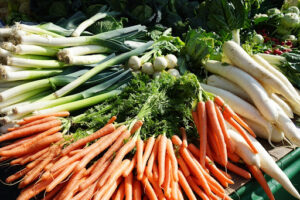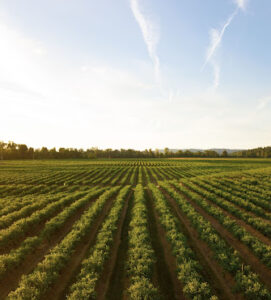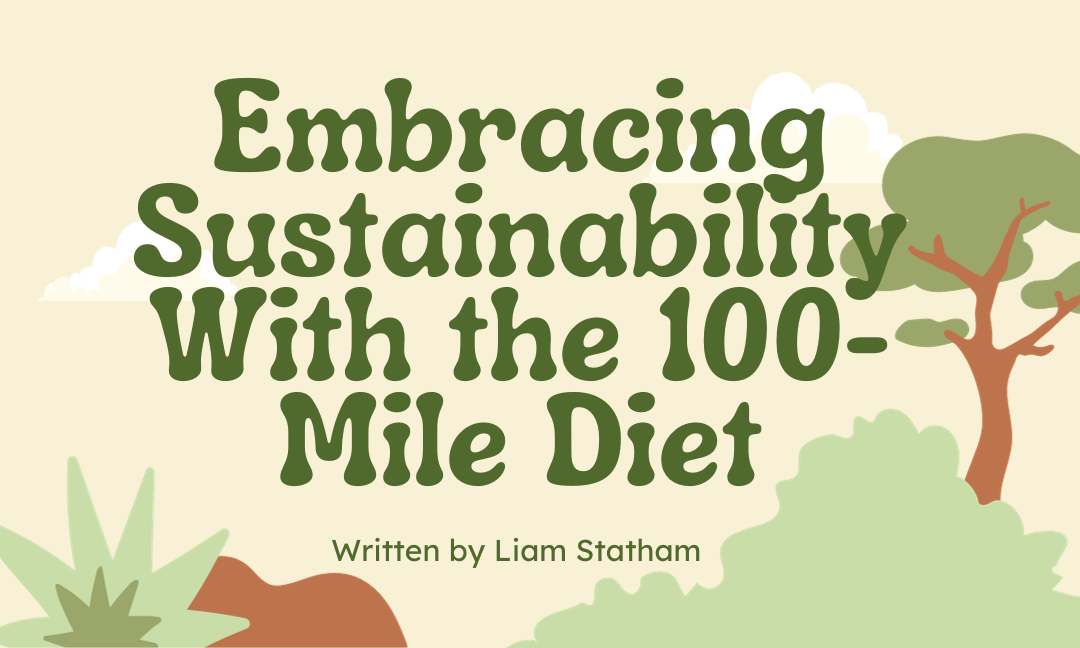Written by Liam Statham
Edited by Nehaa Kousihan
Designed by Kiritika Rana
Published by Kiritika Rana

Did you know that most fresh produce travels a distance of more than 1500 miles before reaching consumers? During this lengthy transportation, the trucks and planes used to carry the produce generate significant fossil fuel emissions and use a lot of energy. But a new movement proposes a solution to this problem, the 100-Mile Diet
What is the 100-Mile Diet?
More of a lifestyle than an actual diet, the premise of the 100-Mile Diet is simple: Only eat foods grown/produced in a 100-Mile range of where you live. The aims of the diet are to promote local and sustainable agriculture, reduce carbon emissions, and to support local farmers and food producers.
 Benefits of the 100-Mile Diet
Benefits of the 100-Mile Diet
The 100-Mile Diet not only lowers carbon emissions but also provides many other benefits. These include:
- Better tasting food: Food that is transported long distances is usually picked weeks before it is ripe, which can damage its flavour. Local food is picked within a week or less.
- Better nutrition: When food is transported long distances it loses some of its nutrients, meaning that locally grown food is more nutritious
- Expanding diets: The 100-Mile Diet forces its participants to eat seasonally, which can lead to them trying new foods
- Helping to future proof the farming industry: By eating local you are supporting sustainable farmers and growing for the future
How to Start the 100-Mile Diet
It can be difficult to find a place to start when integrating the 100-Mile Diet in your life. Here are some tips:
- Start a garden to grow your own food
- Search online for farmers markets in your area
- Connect with your local farmers
- Set up a market schedule
- Just as with everything else, start small and work your way up!
The 100-Mile diet is a healthy, environmentally friendly, and delicious way to eat. It is a great way to support your local economy and local farmers. It will also help you to find a greater appreciation for food, as you will see first-hand what it takes to grow it. Give it a try!
Resources
Works Cited
Biniarz, Alley. “What Is the 100-Mile Diet and Is It Better for the Environment?” Environment 911, 19 July 2021,
www.environment911.org/What-is-the-100-mile-diet-and-is-it-Better-for-the-Environment.
Hill, Holly. “Food Miles: Background and Marketing.” ATTRA, 2008, attra.ncat.org/publication/food-miles-background-and-marketing/#:~:text=Recent%20studies%20have%20shown%20that,1%2C500%20miles%2C%20before%20being%20consumed.
Godoy, Alessandra. “A New Way to Eat: The 100-Mile Diet.” Power Kitchen, Power Kitchen, 4 Mar. 2022,
powerkitchen.ca/blogs/blog/a-new-way-to-eat-the-100-mile-diet.
Images
Photo by Dan Meyers on Unsplash

